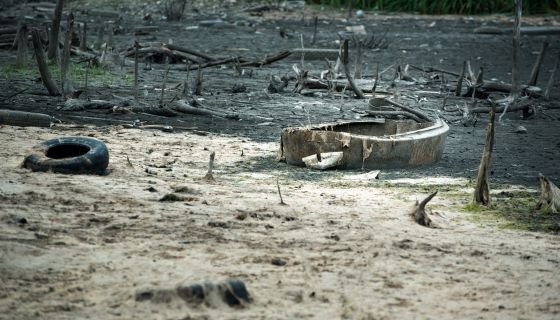Introduction
Contaminated land assessment is a critical component of sustainable development. As we strive to build resilient infrastructure and vibrant communities, understanding and managing the risks associated with contaminated sites become paramount. In this article, we delve into the significance of Phase 1 Contaminated Land Reports, their purpose, and how they contribute to compliance and risk management.
What is a Phase 1 Contaminated Land Report?
A Phase 1 contaminated land report provides a comprehensive overview of a site’s history, context, and potential vulnerability to contamination. These reports serve several essential purposes:
- Site Understanding: By examining historical land use, previous activities, and surrounding areas, a Phase 1 report establishes a baseline understanding of the site.
- Planning Authorities: These reports fulfill the requirements of planning authorities. They aid in informed decision-making during land development and construction projects.
- Risk Assessment: Identifying potential contamination risks is crucial. A Phase 1 report assesses the likelihood of contamination based on historical data and site characteristics.
- Enhanced Investigations: While the initial report provides valuable insights, site visits and detailed reviews of planning history can enhance its accuracy and reliability1.
The Process of a Phase 1 Land Contamination Assessment
Investigating Pollution Risks
A Phase 1 Land Contamination Assessment (LCA) serves as a tool to evaluate contamination risks for proposed developments. Here’s how the process unfolds:
- Site Context: Gather information on the site’s location, historical use, and neighboring properties.
- Risk Identification: Identify potential pollution sources, such as previous industrial activities or waste disposal.
- Mitigation Proposals: Based on risk assessment, propose appropriate mitigation measures to address identified pollution risks.
- Report Compilation: Compile findings into a comprehensive Phase 1 report for stakeholders, including developers, regulators, and environmental consultants2.
Compliance and Risk Management
Legal and Regulatory Framework
The Environment Agency (EA) provides guidance on land contamination risk management in England, Northern Ireland, and Wales. Key documents include:
- LCRM: Before You Start: Understand the risk management process and regulatory expectations.
- LCRM: Stage 1 Risk Assessment: Assess contamination risks at an early stage.
- LCRM: Stage 2 Options Appraisal: Evaluate remediation options.
- LCRM: Stage 3 Remediation and Verification: Implement and verify remediation efforts.
Reporting Requirements
Helpful checklists for reporting requirements are included at the end of each stage. Compliance with these guidelines ensures that contaminated land assessments align with legal obligations and environmental protection goals.
Expert Insights
Navigating Complexity
Contaminated land assessment involves intricate risk evaluation. Expert environmental consultants play a pivotal role in:
- Risk Judgment: Assessing the level of risk posed by pollutants.
- Remediation Strategies: Recommending effective remediation techniques.
- Balancing Priorities: Making informed decisions to protect both the environment and public health.
Conclusion
Phase 1 Contaminated Land Reports bridge the gap between historical context and future development. By adhering to regulatory guidance, conducting thorough assessments, and seeking expert insights, we can create sustainable, safe, and resilient spaces for generations to come.
Remember, every contaminated site holds a story—a narrative of past activities, challenges, and opportunities. Let’s write a new chapter—one that prioritizes compliance, risk management, and environmental stewardship.




